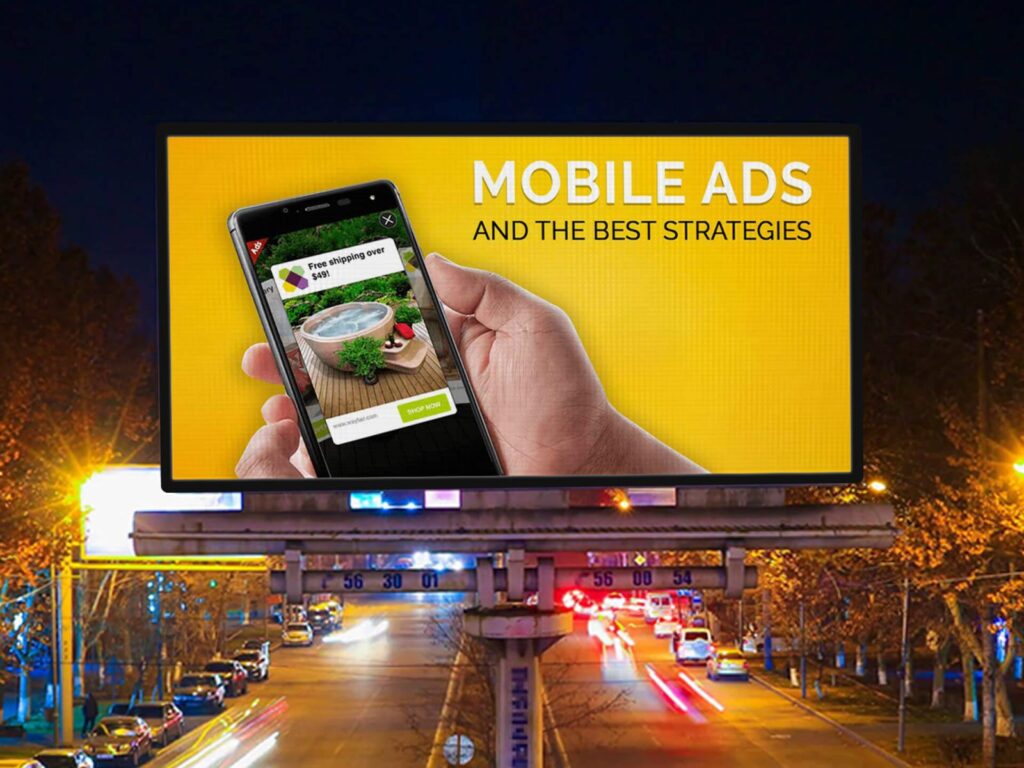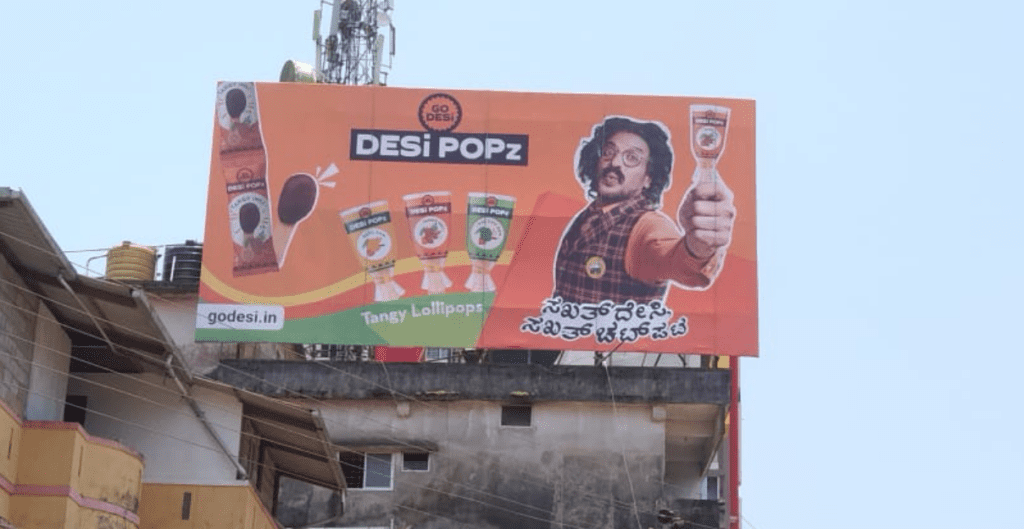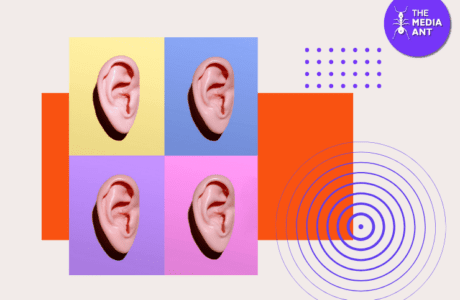Billboards are a traditional yet impactful advertising medium, offering unique, high-visibility exposure. Although they don’t provide measurable impressions, they remain a crucial and effective form of advertising.
Currently there is a huge makeover happening for billboards. Urban advertising is evolving and digital billboards are something new and are getting increased attention from passers by. Digital billboards are gaining more popularity due to their interactive nature.

Modern digital billboards are breaking the traditional norms of outdoor advertising by incorporating applications like real time updating, audience interaction and modern technological advancements. In essence, these smart banners include sensors for personalizing experiences and utilizing AR and connectivity to send content proper for every onlooker.
The FICCI-EY Media & Entertainment Report 2024 paints a picture of a bright future where digital advertising will grow at a rate of 28 percent YoY in India. This increase can be attributed to advancements in Digital Signage Advertising, including interactive billboards, stressing on the trends of the growing need for engaging ad platforms in major metropolitan consumer clusters of the country.
In most contemporary interactive billboards, the content displayed can be changed in real-time with factors such as weather conditions and traffic patterns, among others. For instance, some of these billboards are in Mumbai and Delhi and the content shown to the passer by is based on the current traffic flow or weather updates.
Interactive billboards are highly engaging, where audience members can use their mobile devices to interact with the content on the AR billboards. One such example is Lotte’s Chocopie AR campaign in Mumbai, in which consumers could engage with a hologram of the product through smartphone, which provided a distinct, enjoyable brand experience.

With Interactive billboards, there are usually added features to make the audience engage with the billboards. For example, in the IPL’s OOH campaign, clients got a chance to experience the outdoors with the billboards showing cricket scores and other related information that a viewer would require when watching the game from stations across India.
Mobile apps integration is another trend that is rapidly growing in the Billboard advertising market. This approach enables people to engage with billboards through, for instance, use of QR codes or Bluetooth connectivity. One such instance is the McDonald’s India campaign which was launched in Bangalore where billboards placed had QR codes that allowed users to get real offers such as discounts and promotions thus integrating the physical and the electronic advertisement.
Interactive digital billboards have certain technical drawbacks, which include high costs of the technology used, issues of privacy and data security, particularly when including real-time data and mobile interaction.
In the case of social marketing, the success of these campaigns depends on the design and the degree of relevance of the interactive features. Lack of proper planning and execution can make an interactive element look like a mere novelty rather than a useful tool.
This type of technology as applied to interactive digital billboards should witness improvement in future. Thus, IT segment innovations like AI in content personalization, better AR capabilities, and better data analytics are expected to fuel growth in this area.
The implication for brands that employ interactive billboards in India is that they will experience higher levels of engagement, enhanced recall, and improved consumers’ affinity with the brands they promote. That is where the so often-discussed interactivity of experiences comes into play as urban settings in Indian cities continue to fill with digital ads. Interactive digital billboards will generate significant traction, with technologies like AR making them even more engaging and compelling in the near future.
Source – Financial Express





